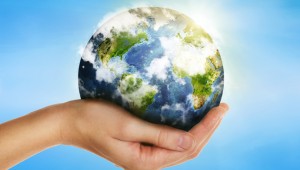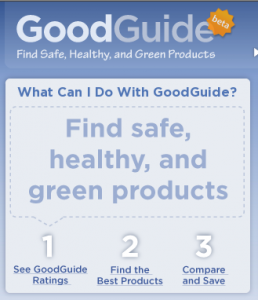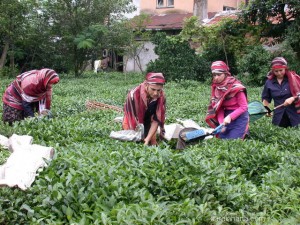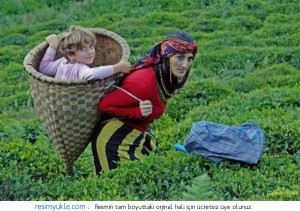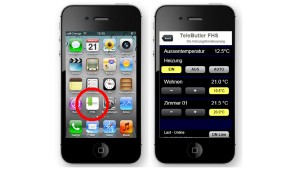After a term in Sustainability Marketing and a year through my sustainability concentration, I can easily say that I learned a lot more than I though I would. I’ve met great people who are passionate about the environment, who can look up and see 10-20 years ahead, and understand that things have to change in our world.

To start-off, I personally see sustainability as an opportunity for business. Yes I care about the environment, but it solely is not enough to drive people. I am a business student and my main objective in the future will be making profits, but I don’t deny the fact that the process of making profits must change because world will not sustain itself if we don’t help it. There is only one world to live in, why trash it to fill your pocket instead of care for it so the future generations can also benefit from it.
One of the most important things I learned is that customers are resistant to change, and they will not sacrifice their convenience for the environment. Most of the people are not willing to pay premiums for the green products either. The biggest challenge the green products are facing currently is that they have to offer every benefit that other leading brands offer, they have to be around the same price-range as others, they must be accessible, and they must convince people that they are actually environmentally friendly.
Overcoming these barriers are not easy, but more and more people now know that Sustainability has to be the norm, and we are the ones who is going to make it. The sooner you act the better because world is already moving towards that direction.It is not a matter of “if”, it is a matter of “when”.
Thank you to everyone in class and to Tamar for enhancing my vision and inspiring me.
The world is in our hands, let’s make it beautiful.
Pictures taken from:
http://www.mcicontainers.com/sustainability/sustainability/pages/sustainability.aspx
http://www.epa.gov/sustainability/analytics/sustainability-impact.htm

